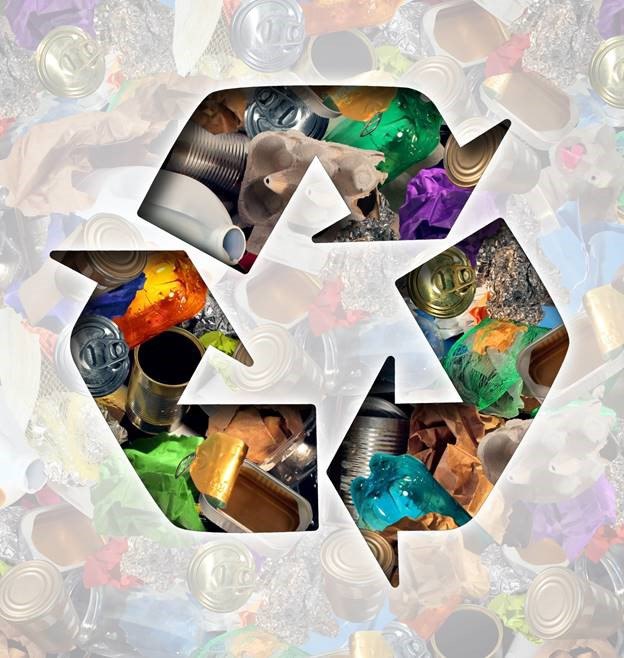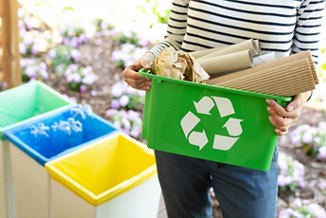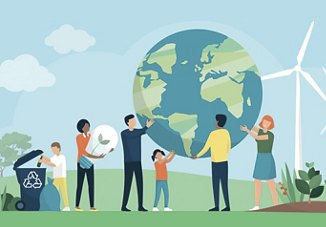What's in Your Landfill?
When you throw something into a trash can, do you spend much time thinking about where it ends up? Most people don’t – out of sight, out of mind. Did you know, Americans generate 250 million tons of trash yearly or 4.4 pounds per person per day, almost twice as much as other major countries. And, where does that trash go? The majority ends up buried in landfills. The amount of trash in landfills has doubled since 1960.
Landfills are not like a compost pile; in fact, they are not designed to break down trash, just bury it. When trash is buried in a landfill, there is very little water and oxygen to help with decomposition. Therefore, it takes a long, long time for most things to break down in a landfill.
Just how long? Take a look at this list (source: Penn State University):
Wool sock – 1-5 years
Milk carton – 5 years
Plastic bag – 10-20 years
Plastic cup – 50 years
Disposable diaper – 75 years
Beer can – 100-500 years
Glass bottle – 1,000,000 years
Styrofoam – Never (it’s immortal!)
These are just estimates, since scientists don’t actually know how long it takes for some of these items to decompose, and there are other factors to consider based on the location of the landfill, such as weather.
All of this sounds terrible, but landfills serve a very useful purpose in today’s society. Someday, we may develop a better way to burn or generate electricity from our trash, but for now all that trash has to go somewhere. Landfill operators keep us safe by keeping it away from our environment and isolated from our groundwater. They have to abide by very strict regulations and monitor the soil and groundwater, even for 30 years after the landfill is closed.
So how does this impact us living in apartments? If you are truly a crusader for green apartment living, you will live by these three simple steps: Reduce, Reuse, and Recycle. If you buy less, you will waste less. And when you throw something away, try to repurpose or recycle it first.
Everyone can have an impact and make a difference.



